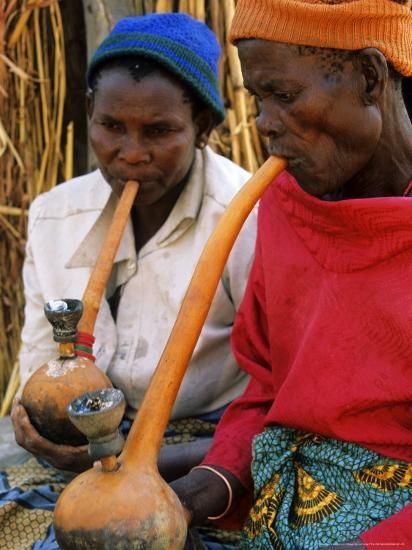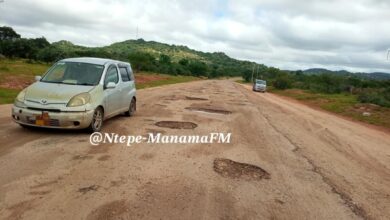The Tonga of Zimbabwe: A Legacy of resilience and cultural preservation

Peter Moyo
In the shadow of the majestic Lake Kariba, the Tonga people, also known as BaTonga, have carved out a life of cultural resilience and adaptation.
With an estimated 300 000 individuals spread across northwestern Zimbabwe, particularly from Chirundu to Victoria Falls, this community primarily engages in subsistence farming, fishing, and small-scale trade while fiercely protecting their cultural heritage.
The history of the Tonga is marked by significant upheaval, notably with the construction of the Kariba Dam in the late 1950s. This engineering marvel displaced around 57 000 Tonga, moving them from the fertile Zambezi Valley to less arable lands, fundamentally altering their traditional way of life. “The relocation was a test of our resilience,” explains Chitwale Munsaka from Binga, whose family was among those affected. “We’ve adapted, but the memory lingers.”
Language serves as a cornerstone of Tonga identity. Chitonga remains a vibrant part of daily life, though it faces pressure from more dominant languages like Shona and Ndebele. “Our language is our link to our ancestors,” states Frank Mudimba, a teacher in Binga, where Chitonga is taught in schools. However, the absence of a standardized writing system and past neglect in national language policies have posed significant challenges to its preservation.
The Tonga’s spiritual life is intricately linked to their environment, with Nyami Nyami, the river god, playing a central role in their mythology. The deity’s legend intensified during the Kariba Dam’s construction, which locals interpret as Nyami Nyami’s anger over the disruption of his river domain. “We respect the natural world, as it’s intertwined with our spiritual beliefs,” says elder Mako Siambale, highlighting practices like selective tree harvesting that contribute to sustainable living.
Economically, the Tonga grapple with the harsh realities of drought and climate change, which have historically devastated their agricultural practices. The droughts of the 1990s, for instance, left many without crops. “We’re innovating with irrigation and crop diversity,” notes young farmer Johnson Dube, illustrating the community’s adaptive strategies. Yet, access to education, healthcare, and broader economic opportunities remains limited.
In the digital age, social media platforms have become vital for the Tonga to voice their culture, challenges, and aspirations, gaining broader recognition and support. Meanwhile, traditional activities like festivals, dances, and crafts are not only cultural touchstones but also economic levers, blending heritage with modern entrepreneurship. “We balance tradition with modern skills,” explains Siambale, emphasizing the community’s approach to cultural preservation amidst contemporary challenges.
Organizations like the Gwembe Tonga Research Project have been instrumental in documenting and advocating for Tonga culture. However, there’s an ongoing push for governmental policies that better support minority cultures, ensuring they are not just preserved but revitalized.
The narrative of the Tonga people in Zimbabwe is one of endurance, cultural richness, and the quest for recognition. As they adapt to the complexities of the modern world, their story is not just about overcoming past adversities but about ensuring their cultural legacy thrives into the future.





